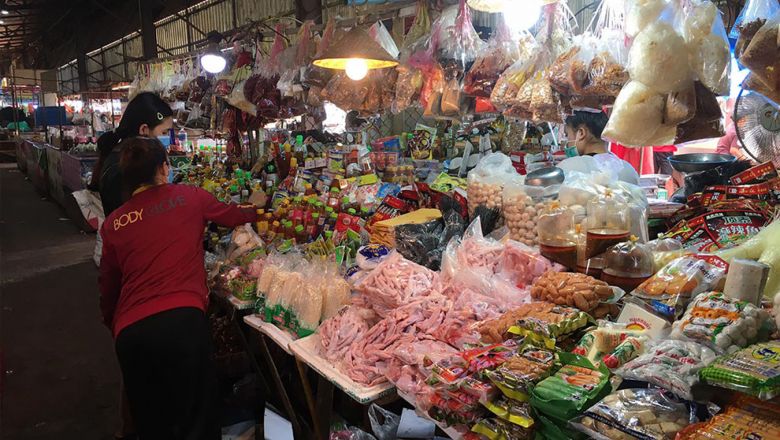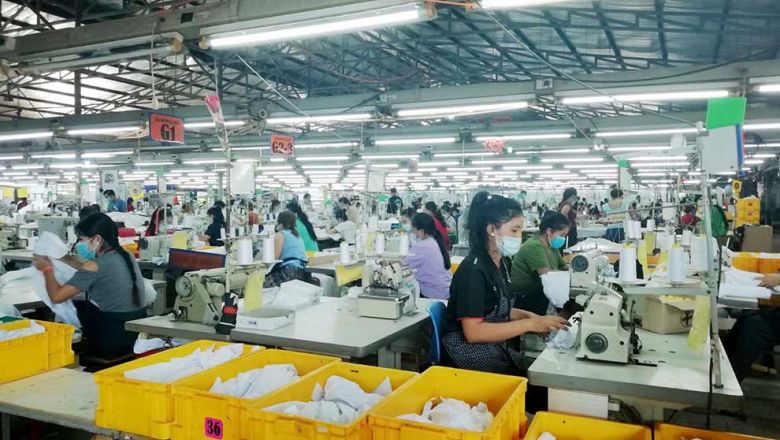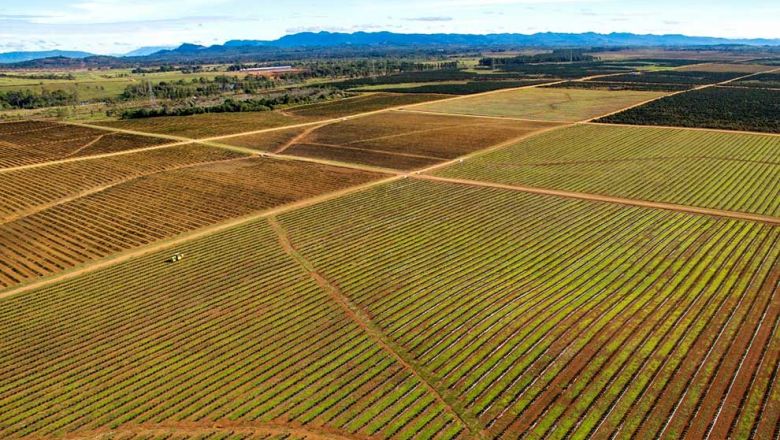Laos supports China's “One Belt, One Road” initiative
Laos supports China's “One Belt, One Road” initiative
Laos, Thailand and Cambodia have proactively supported China's “One Belt, One Road” initiative as China and Asean seek to deepen their economic cooperation.
A professor at the School of International Studies at Peking University Mr Zhai Kun was speaking at the Asia Media Forum in Nanning which was held on the sidelines of the 12th China-Asean Expo last week.
He said the high speed railway linking China to Asean countries through Laos will be included in the “One Belt, One Road” initiative.
“Laos, Thailand and Cambodia are very proactive in pushing for the implementation of the “One Belt, One Road” initiative and we can start implementing the imitative with these countries,” he said.
In recent years, China and Asean have enjoyed very good cooperation and the high speed railway is aiming to connect this region as China and Asean are ready to move towards a deeper integration.
Asean has been a priority in China's neighbour policy and also a key starting point for the 21st Century Maritime Silk Road under the “One Belt, One Road” initiative.
Chinese officials said Laos is an important destination for China to build the “One Belt, One Road” initiative.
Mr Zhai Kun agreed that much more needs to be done in terms of ensuring that ordinary people in each of the countries where the “One Belt, One Road” initiative shall be implemented understand the meaning and how it will benefit them.
Deputy Prime Minister Mr Somsavat Lengsavad spoke at the 12th China-Asean Expo, noting that “Through the effective cooperation between China and Asean as well as the ‘One Belt, One Road' cooperation, he was confident that the prosperity would be brought to China and Asean in the near future.
‘One Belt, One Road' is a Chinese framework for organising multinational economic development through two component plans, the land-based “Silk Road Economic Belt” (SREB) and the oceangoing “Maritime Silk Road” (MSR).
The initiative was unveiled by President Xi Jinping in major announcements in September and October 2013 when plans for the SREB and MSR were revealed.
According to the China Daily report, the Pan-Asian Railway is the South East Asian portion of the SREB. It contains east, middle and west lines that all start from Kunming and go respectively through Vietnam, Cambodia, Laos and Myanmar, merging at Thailand's Bangkok. It finally goes through Kuala Lumpur, Malaysia to its final destination in Singapore.
China is building the 7-km Baofeng tunnel on the Yunnan-Yuxi Railway, the Chinese part of the network.
Other countries are speeding up the construction of railways outside China. Laos regards the section within its territory as a priority project to turn Laos from a land-locked to a land-linked country and enhance international cooperation.
However the Lao government has yet to confirm the timeframe for when the railway project will commence construction.
China and Thailand entered into a contract for the China-Thailand Railway at the end of 2014 and construction of the railway will begin later this year.

















